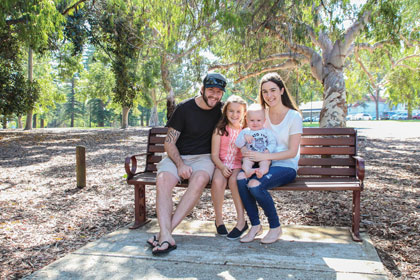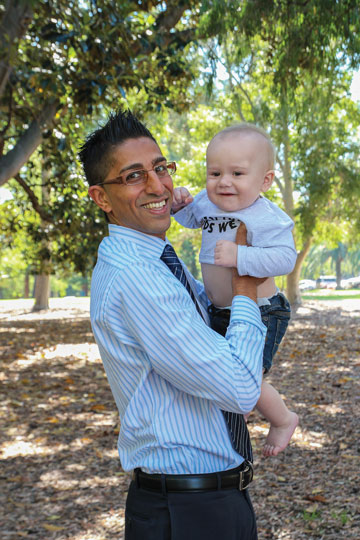Search
Research
Targeting the bone marrow microenvironment: a novel therapeutic strategy for pre-B acute lymphoblastic leukemiaOur findings shed light on the mechanisms of leukemia-induced bone loss
Research
Accumulation of CD103+ CD8+ T cells in a cutaneous melanoma micrometastasisResults support the emerging concept that CD103+ CD8+ tissue‐resident memory T cells are key mediators of cancer surveillance
Research
Contemporary survival endpoints: An international diffuse intrinsic pontine glioma registry studyThis study defines PFS and OS, and is the first describe post-progression survival in a large cohort of children with DIPG.
Research
PI3K activation in neural stem cells drives tumorigenesis which can be ameliorated by targeting the cAMP response element binding proteinOur findings present a novel mouse model for glioma demonstrating that the PI3K pathway is important for initiation of tumorigenesis
Research
A Phase I Study of the CDK4/6 Inhibitor Ribociclib (LEE011) in Pediatric Patients with Malignant Rhabdoid Tumors, Neuroblastoma, and Other Solid TumorsIn this. i study the MTD and RP2D, safety, PK, and preliminary activity of single-agent ribociclib were investigated in patients with neuroblastoma.
News & Events
The goal of Project Childrens' Cancer is to discover new, less toxic therapiesThe goal of Project Children's Cancer is to discover new therapies that are more effective and less toxic to fight aggressive cancers in babies and children.
News & Events
More research needed into mums smoking and childhood brain tumoursResearchers from Perth's Telethon Institute are calling for further investigation into a potential link between maternal smoking and childhood brain tumours.

News & Events
Cheeky Jackson heads home after 7.5 month nightmareMichelle Pianta knew deep down something was very wrong with her seven-and-a-half month old son Jackson as she waited at Bunbury Hospital for his blood results.

News & Events
Drug find could represent big win for our little patientsDr Rishi Kotecha knows too well the devastation of a leukaemia diagnosis in a child, treating children as a consultant at Princess Margaret Hospital.
Research
“If you build it, they will come”: the convergence of funding, research and collaboration in paediatric brain cancer clinical trialsEach year, approximately 1000 children in Australia and New Zealand, aged 0–14 years, are diagnosed with cancer. Despite paediatric cancer accounting for less than 1% of all cancer cases, the impact on their families and communities is profound and disproportionate.
